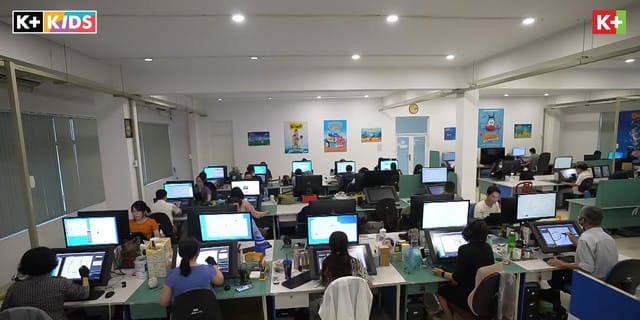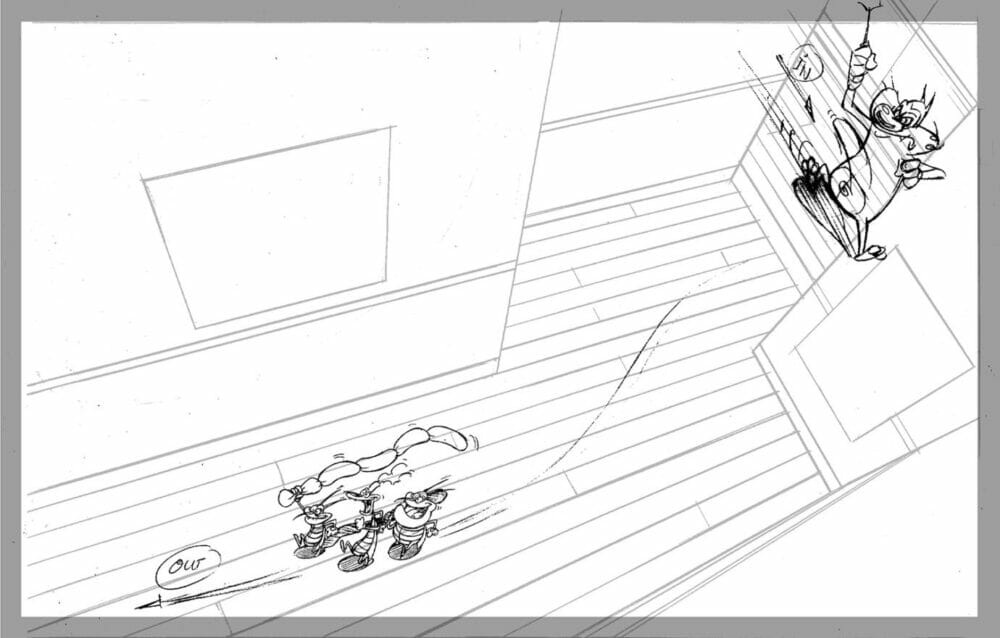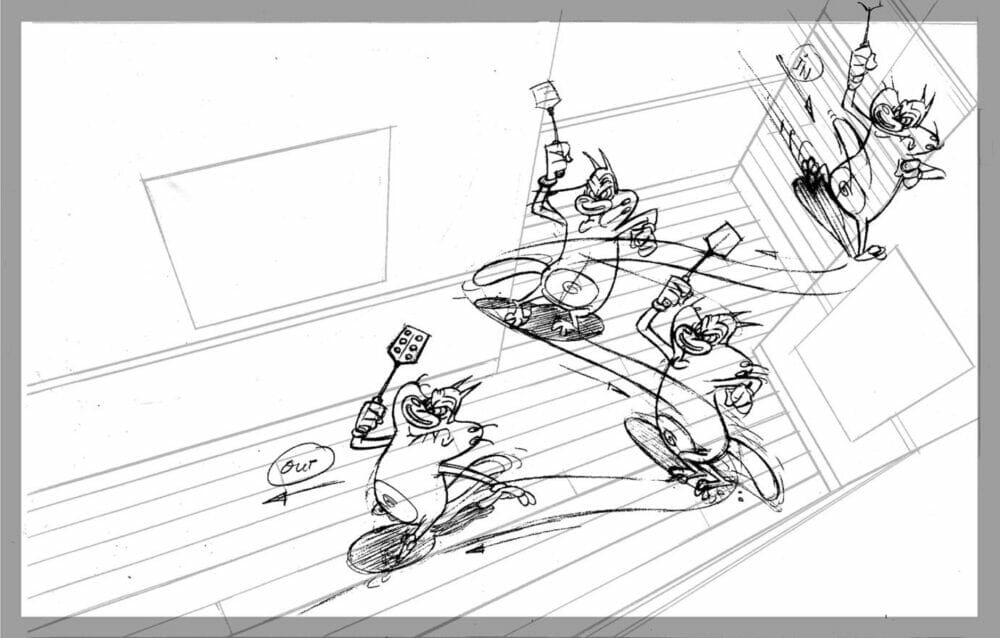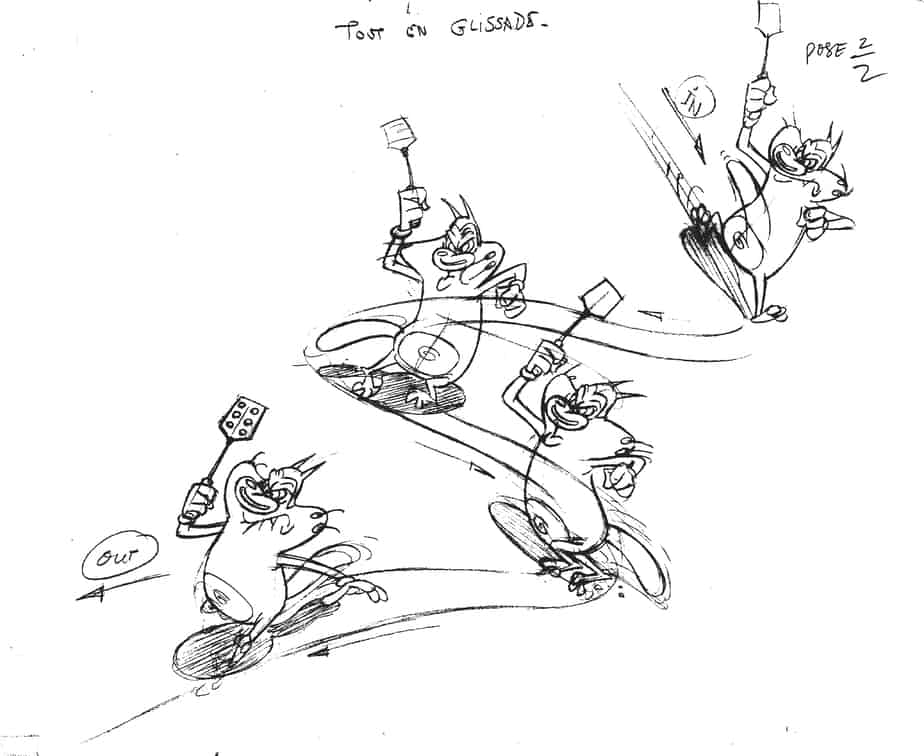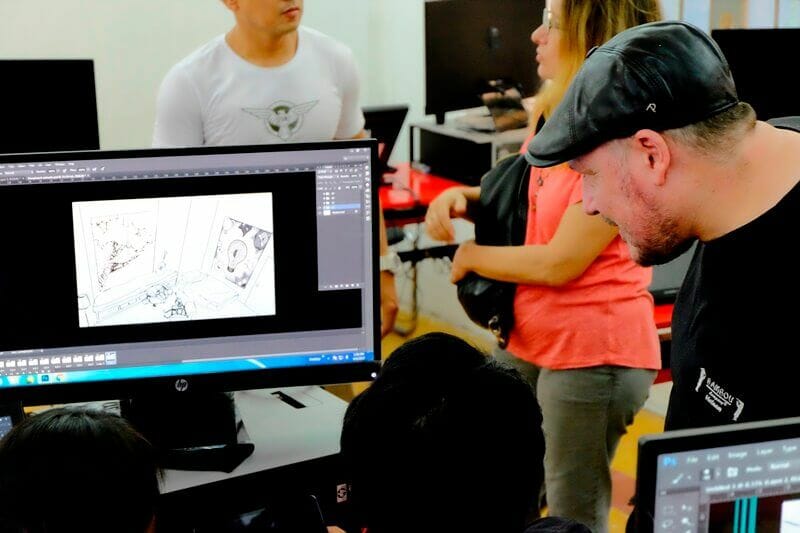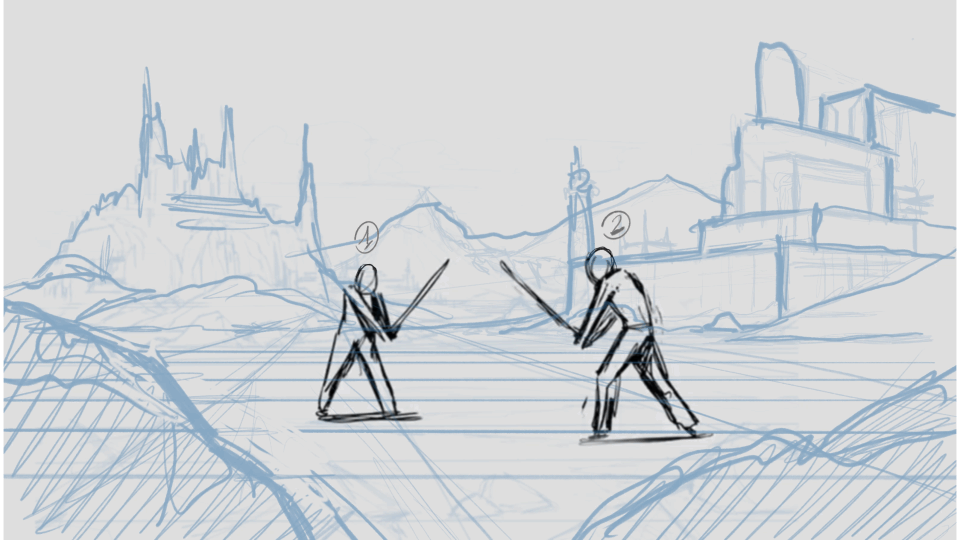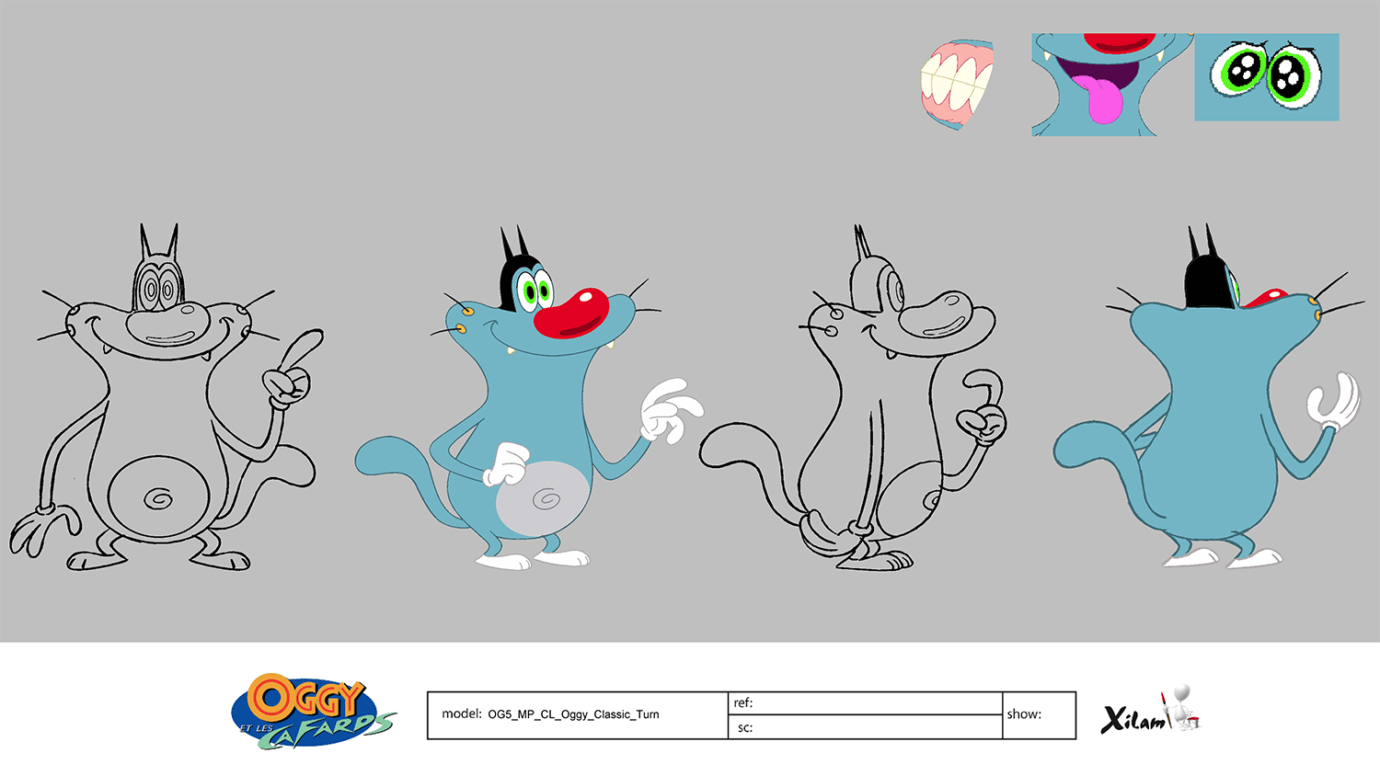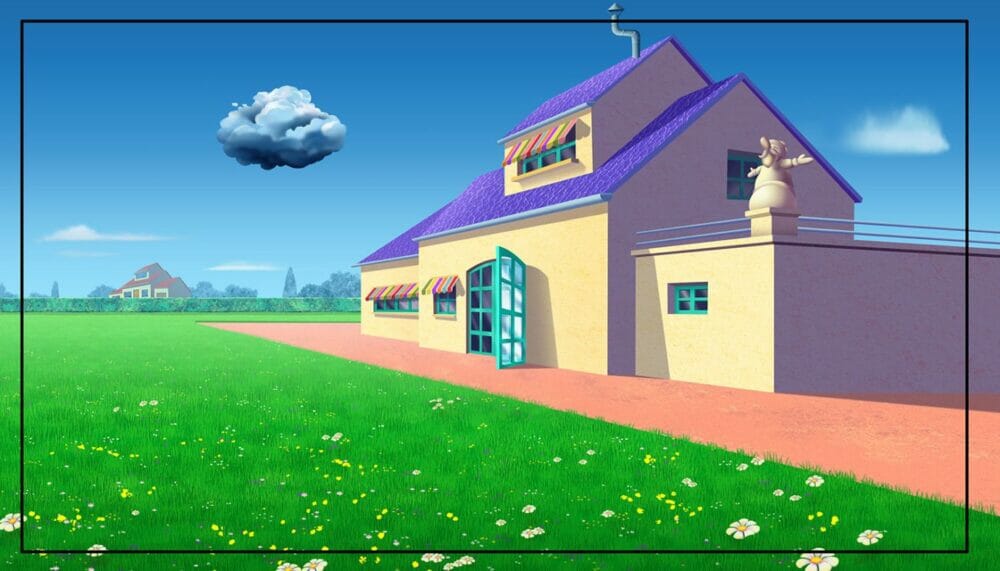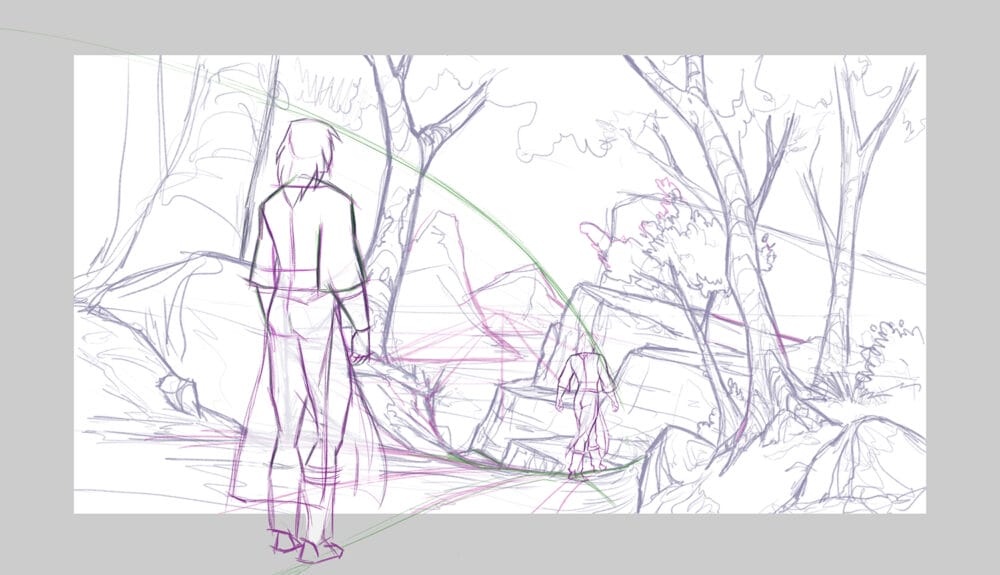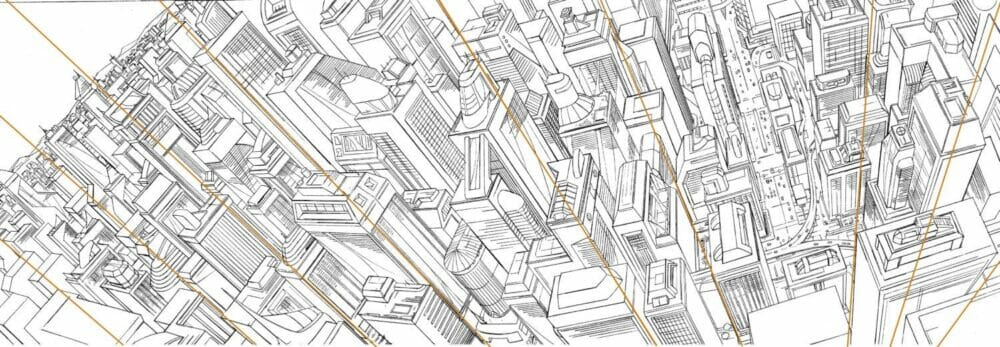CONCEPT : with this training program, our students will learn the advanced drawing techniques from sketching to final drawing.
This program is mainly oriented on drawing.
Audience: ideal for students looking for jobs that require a high level of design, such as animation and layout.
MAIN COURSES :
Perspective: Courses and exercises
The different types of perspective
Rules of perspective
Measures
The reflections
The shadows
Cheat with perspective
Background design
Composition
-COMPOSITION : The rules & broke the rules
-CHARACTERS DESIGN : from cartoon to realistic style
Advanced concepts of living model and anatomy:
Fast poses
Attitudes
Expressions
The sketch
History
The styles (realistic, cartoon, caricature …)
Creation and method (rough, rendering, presentation)
Understand and hold the volume without losing the model
The personalities
Attitudes and acting
Silhouette
– ACTING AND BODY LANGUAGE




